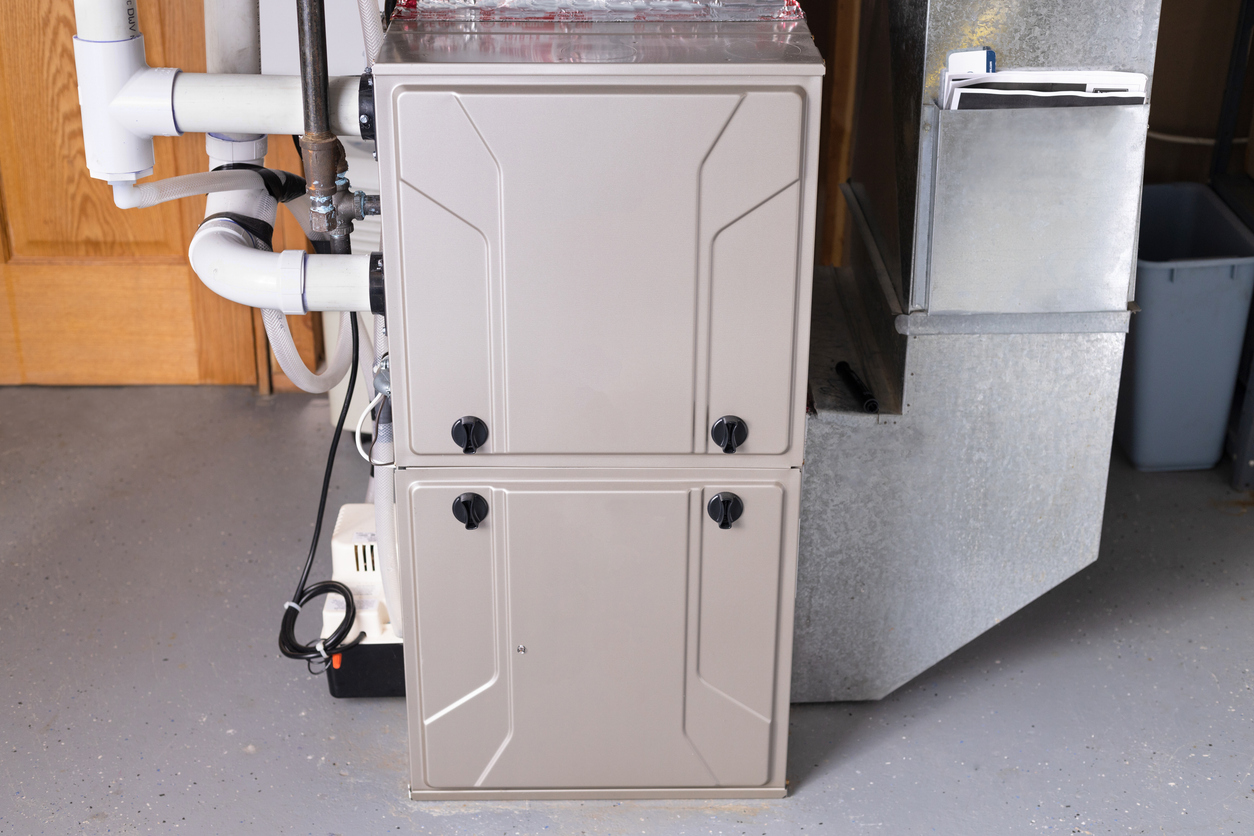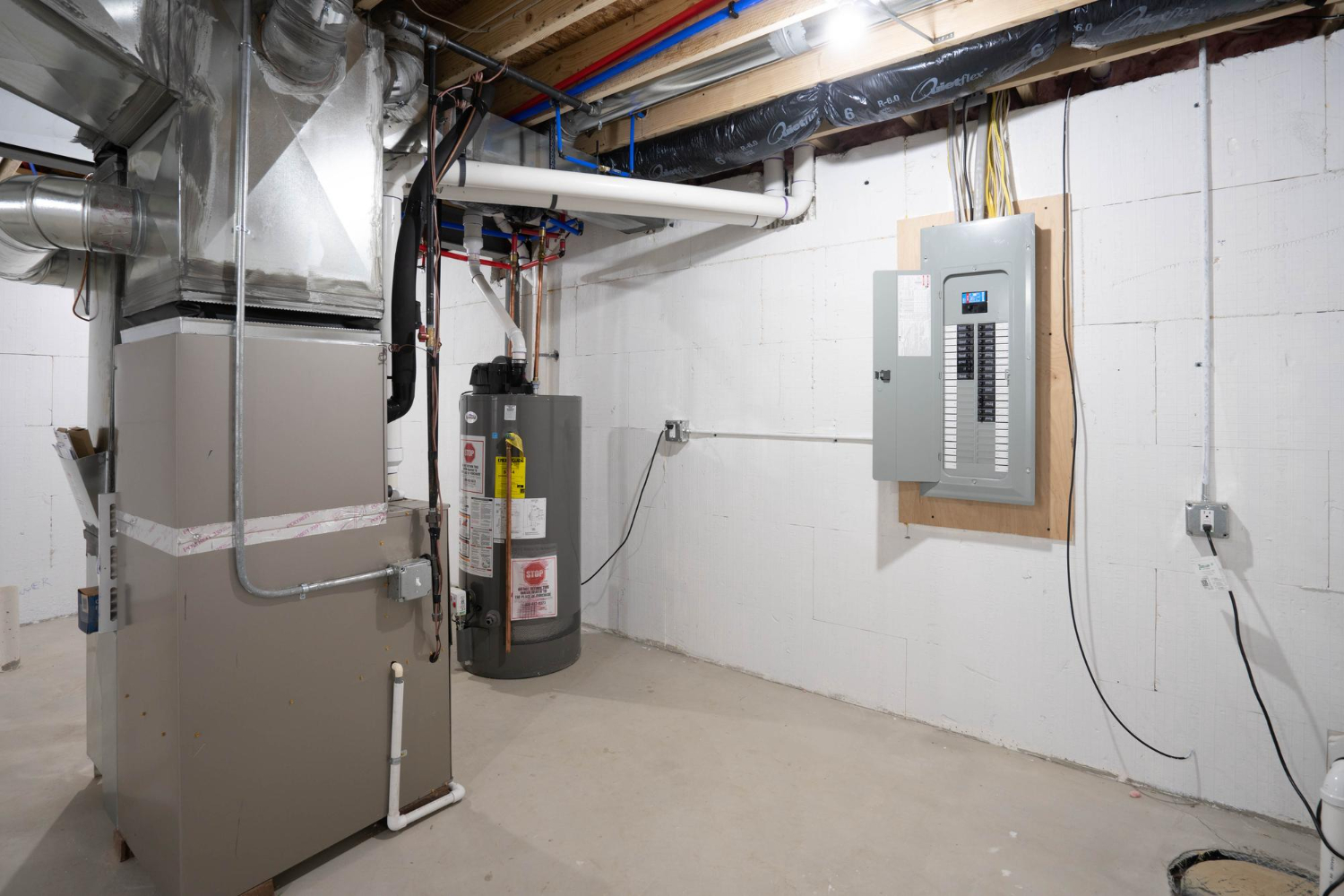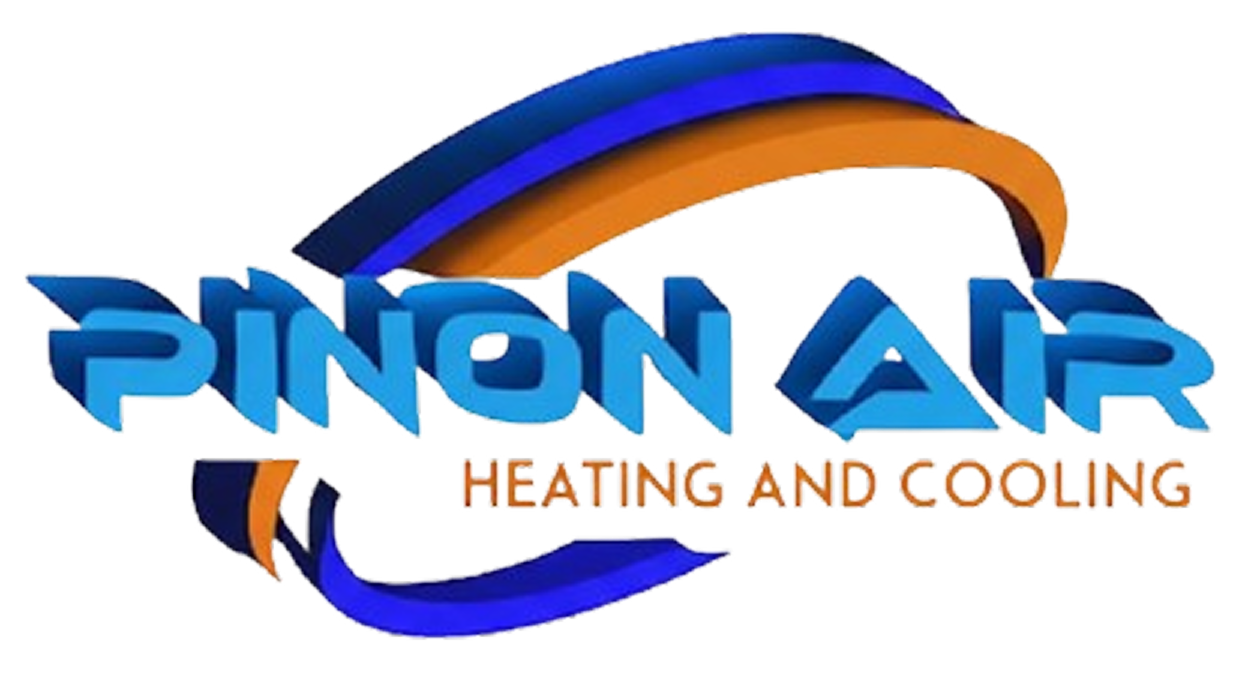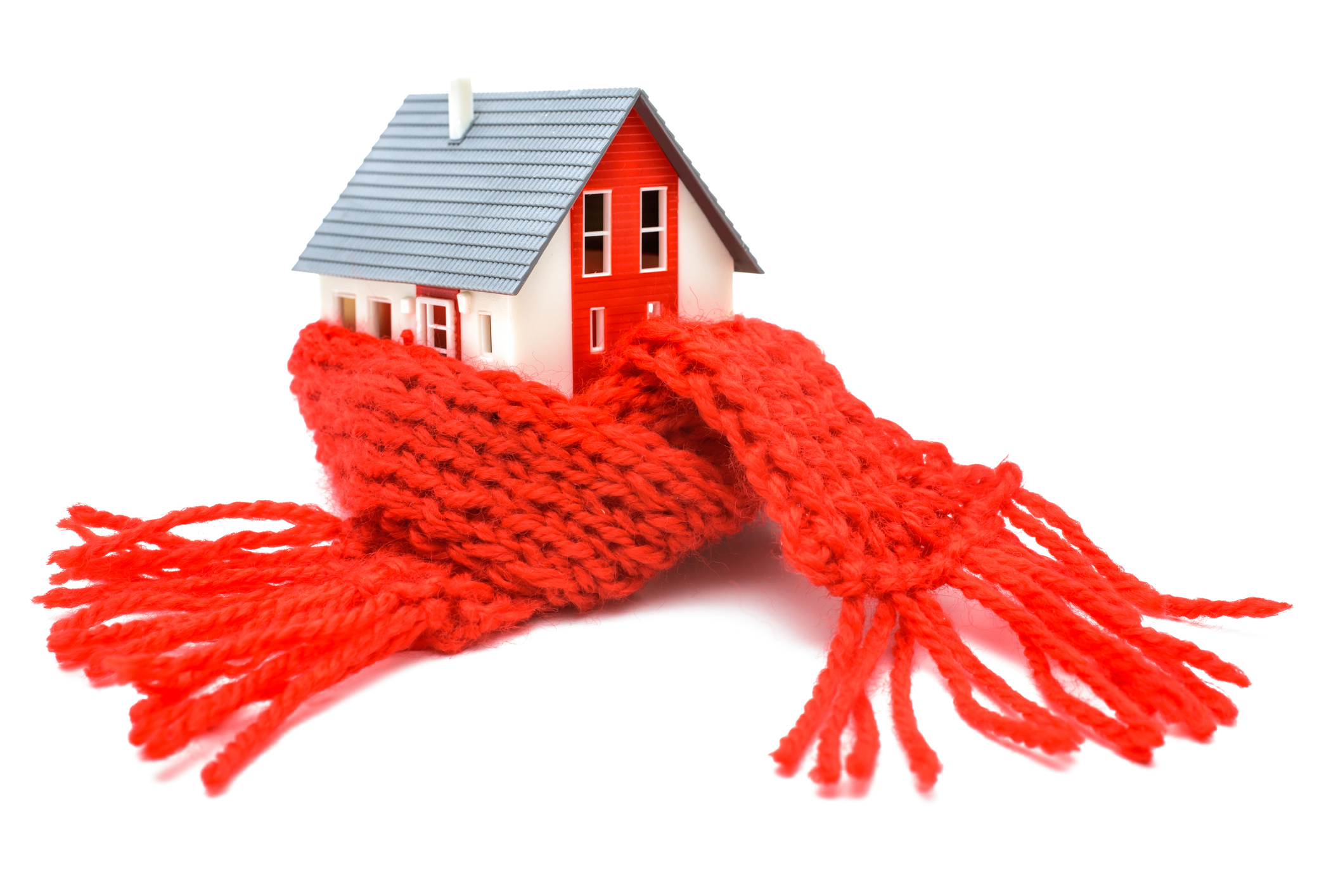
Winter Furnace Maintenance Checklist: Essential Steps for Efficient Heating System Care
Keeping your furnace in top shape during winter means targeted inspections, cleaning, and safety checks to ensure it runs smoothly, safely, and efficiently all season long. This guide walks you through practical furnace maintenance tips, a room-by-room prep checklist, and clear boundaries for DIY tasks, so homeowners in Phoenix and Sun City can minimize breakdown risks and boost indoor air quality. You'll discover how routine tune-up tasks like swapping out air filters, calibrating your thermostat, cleaning burners, and testing for carbon monoxide work together to cut energy use and extend your equipment's life. We'll map out safe DIY actions versus jobs best left to pros, explain what a professional tune-up entails, and help you spot urgent warning signs that demand immediate attention. Sections cover why winter maintenance is crucial, step-by-step DIY tasks, a breakdown of professional tune-ups, diagnostic signals of trouble, maintenance plans from Pinon Air Cooling, tips specific to Phoenix/Sun City, and quick FAQs. Throughout, we use keywords like furnace maintenance tips, furnace tune-up, heating system efficiency, and carbon monoxide detection to make this checklist actionable and easy to find.
Why Is Winter Furnace Maintenance Important for Your Home?
Winter furnace maintenance is the essential routine of inspections and servicing that keeps your heating system running safely, using less energy, and lasting longer. Proper care improves combustion, prevents heat exchanger issues, and significantly reduces the risk of carbon monoxide leaks, directly safeguarding everyone in your household. Regular servicing also restores optimal airflow and component efficiency, which means less runtime, lower energy bills, and consistent comfort throughout your home. The following sections detail the key benefits, how maintenance boosts efficiency, and the critical role of furnace maintenance during winter tune-ups.
What Are the Key Benefits of Annual Furnace Service?
Annual furnace service delivers tangible benefits in safety, performance, and reliability through systematic checks and thorough cleaning. A certified inspection confirms that all combustion components and safety controls are working correctly, dramatically lowering the chances of unexpected breakdowns and costly mid-season repairs. Maintenance often boosts energy efficiency by removing soot and deposits that can hinder burner performance, leading to shorter run times and reduced heating expenses. These advantages also help maintain warranty coverage and provide clear data when you're considering equipment upgrades, making annual service a smart, proactive investment in your home's comfort and safety.
- The most important outcome of annual service is confirmed safe operation of your combustion and venting systems.
- Regular cleaning and adjustments help lower energy consumption and extend your equipment's lifespan.
- Preventative inspections significantly reduce the likelihood of emergency repairs during the coldest parts of winter.
These advantages make annual service a cost-effective step toward long-term reliability and peace of mind, naturally leading into how maintenance specifically enhances system efficiency.
How Does Proper Maintenance Improve Heating System Efficiency?
Proper maintenance boosts heating system efficiency by restoring optimal combustion, maintaining clear airflow, and sealing up leaks in your home's distribution network. Cleaning burners and lubricating the blower motor reduces friction and ensures complete combustion, which increases operational efficiency and maximizes heat output from every unit of fuel. Sealing and insulating your ductwork minimizes heat loss during transit and balances airflow, allowing rooms to reach their set temperatures more quickly without excessive furnace runtime. As a result, homeowners typically see lower energy consumption and reduced heating bills after corrective maintenance and targeted duct sealing work.
- Task → Efficiency impact → Homeowner benefit: Burner cleaning → Better combustion → Lower fuel use.Blower lubrication → Improved airflow → Shorter run cycles.Duct sealing → Less heat loss → Even temperatures and lower bills.
Explaining these efficiency mechanisms sets the stage for the next essential safety topic: the carbon monoxide risks that maintenance helps prevent.
Why Is Carbon Monoxide Safety Critical During Winter?
Carbon monoxide safety is paramount in winter because tightly sealed homes and frequent furnace operation increase the risk of dangerous CO buildup if combustion components falter. A compromised heat exchanger or faulty venting can allow CO to seep into living spaces, making annual inspections and calibrated CO testing absolutely essential safety measures. Install and test CO detectors on every floor of your home, and have a professional inspect the heat exchanger, venting, and overall combustion integrity during tune-ups. Taking these precautions prevents silent hazards and aligns safety priorities with seasonal maintenance needs, leading us into the practical DIY tasks homeowners can safely handle between professional visits.
What Are the DIY Furnace Maintenance Tasks You Can Perform?
DIY furnace maintenance tasks are the homeowner-level actions that help keep your heating system running smoothly between professional service calls by addressing regular needs like air filters, thermostats, and unobstructed airflow. These tasks improve indoor air quality, reduce strain on the system, and help you spot early signs of trouble without tampering with gas or sealed components. Below, you'll find clear, step-by-step guides and safety notes to help you perform effective, low-risk maintenance while knowing exactly when to call in a technician.
How to Change Your Furnace Air Filter: Step-by-Step Guide
Changing your furnace air filter is a safe, high-impact task that significantly improves airflow and indoor air quality when done correctly and on schedule. Start by turning off the furnace power at the switch or breaker, locate the filter slot, carefully remove the old filter (noting the airflow arrow), and then insert the new filter in the correct orientation. Choose the right filter size and MERV rating for your home's needs—higher MERV ratings are great for allergy control, but be sure they're balanced with your furnace's airflow capabilities. Regular filter changes reduce blower strain, trap dust and allergens, and extend component life. Performing this simple task also prepares you for other checks like thermostat and vent inspections.
- Always turn off power to the furnace before opening the cabinet or filter slot.
- Remove the old filter and pay close attention to the airflow direction arrow or size label.
- Install the correct-size replacement filter with the arrow pointing toward the furnace.
Performing these steps monthly to quarterly, depending on usage, keeps your system running efficiently and leads into guidance on replacement frequency.
How to Inspect Your Outdoor Unit for Winter Readiness
Inspecting your outdoor unit, such as a heat pump or a combined system, helps you spot debris, corrosion, or damage that could compromise its winter performance. Clear away leaves and dust from the cabinet, check for any visible damage to the fins or housing, and ensure safe access for technicians during service calls. Avoid attempting any refrigerant work yourself; instead, note any unusual noises or loose panels and call a professional if you discover damage. A basic visual inspection helps maintain unit readiness and informs you whether it's time to book a professional tune-up.
TaskDifficulty / SafetyWhen to Call a ProFilter replacementLow / Safe after power-offIf airflow issues persist after changeThermostat testingLow / Electronic careIf calibration errors or wiring issues appearVent clearingLow / Manual cleaningIf cold spots or pressure imbalance continueOutdoor unit visual checkLow-Moderate / Avoid mechanical workIf physical damage, corrosion, or leaks are found
What Does a Professional Furnace Tune-Up Include?

A professional furnace tune-up is a comprehensive inspection and servicing process that addresses combustion, mechanical, and safety systems to restore safe and efficient operation. Our technicians meticulously assess the heat exchanger, burners, blower motor, gas lines, and safety controls, performing carbon monoxide testing with calibrated tools and diagnostic procedures to pinpoint any hidden faults. The outcome is verified safe combustion, improved efficiency, a significantly reduced risk of mid-season failure, and informed recommendations for any necessary repairs or enhancements. Below, we detail the main tune-up elements, followed by a technical comparison table of common tune-up tasks.
How Is the Heat Exchanger Inspected for Safety and Efficiency?
Heat exchanger inspection involves a thorough visual examination for any cracks or corrosion, combined with combustion analysis to detect leaks or inefficiencies. Our technicians look for hairline fractures, signs of rust, or warping that could compromise combustion integrity and potentially lead to carbon monoxide entering your living spaces. If the inspection or testing reveals a compromised heat exchanger, a professional replacement is typically recommended to restore safety. This inspection is a cornerstone of any furnace tune-up because it directly impacts occupant safety and overall system performance.
What Are Burner Cleaning and Adjustment Procedures?
Burner cleaning and adjustment procedures remove soot, debris, and oxidation that can impede combustion and reduce heat output, followed by fine-tuning the air-to-fuel ratio for clean, efficient flames. Our technicians carefully disassemble access panels, clean burner surfaces, check ignition and flame characteristics, and make precise adjustments for proper flame pattern and color. Proper burner service significantly improves combustion efficiency and reduces fuel waste, which translates directly to lower energy bills and more reliable heat delivery. After burner work, combustion readings verify that the adjustments have achieved the expected performance improvement.
Why Is Blower Motor Lubrication and Inspection Necessary?
Blower motor lubrication and inspection are vital to ensure the air-moving components operate smoothly with minimal friction and correct belt tension, where applicable. Our technicians check motor bearings, belts, and blades, clean away accumulated dust, and apply lubrication to extend component life and maintain optimal airflow. A well-maintained blower motor reduces energy consumption and prevents premature failures that often manifest as strange noises or weak airflow. Ensuring blower reliability significantly reduces the odds of emergency repair calls during cold periods.
How Are Gas Lines and Safety Controls Checked?
Gas line and safety control checks involve meticulous leak detection, verification of proper pressure, and confirmation that all safety interlocks and shutoffs are functioning correctly. Our licensed technicians perform leak tests, inspect fittings and valves for integrity, and confirm that controls such as the gas valve and limit switches respond accurately. These steps are critical for preventing dangerous gas leaks and ensuring the system will safely shut down under fault conditions. Because of the inherent risks involved, all gas line work should always be performed by qualified professionals.
How Is Carbon Monoxide Testing Performed During Tune-Ups?
Carbon monoxide testing during tune-ups utilizes calibrated detectors and combustion analyzers to precisely measure CO concentrations and combustion byproducts at the draft hood, flue, and ambient spaces. Our technicians interpret these readings against established safety thresholds and recommend immediate action if elevated levels are detected, which may include system shutdown, repairs, or evacuation protocols. Proper testing confirms that combustion is clean and venting is effective, providing critical assurance that the system is safe for occupancy. Accurate CO testing completes the loop on the safety checks undertaken during a professional tune-up.
Tune-Up TaskFrequencySafety ImpactHeat exchanger inspectionAnnualHighBurner cleaning & adjustmentAnnualMedium-HighBlower motor inspectionAnnualMediumGas line & safety control checksAnnualHighDuct inspection & sealingAs-neededMediumCarbon monoxide testingAnnualHigh
How Can You Identify Signs That Your Furnace Needs Maintenance or Repair?
Spotting furnace trouble early means paying attention to performance drops, unusual noises, strange smells, and unexpected increases in energy bills, all of which can signal failing components or unsafe conditions. Quick diagnostics involve noting extended runtimes, cold spots in your home, odd sounds like clanking or whining, and any odor of gas or burning. Recognizing these signals empowers you to take timely corrective action—whether it's a simple DIY check or calling for professional service—thereby reducing the risk of emergency failures. The following subsections map common symptoms to likely causes and recommended responses, concluding with clear instructions for when to call for emergency service.
What Are the Warning Noises and Smells to Watch For?
Warning noises such as clanking, grinding, or loud rattles often point to mechanical issues like loose panels, failing bearings, or worn-out belts, while whining may indicate blower motor trouble. Burning smells can sometimes result from dust on electrical components during initial startup, but persistent burning or electrical odors warrant immediate attention. A gas-like smell is a critical warning that demands immediate evacuation and an emergency response from professionals. Mapping each symptom to its likely causes helps homeowners decide whether a quick DIY fix is safe or if a professional inspection is required.
- Clanking noises often indicate loose or broken mechanical parts that require inspection.
- Burning or electrical smells necessitate immediate shutdown and professional evaluation.
- Any gas-like odor requires immediate evacuation and emergency service.
These symptom-response mappings prepare homeowners to recognize degraded performance, which we cover next.
When Should You Call a Professional Emergency Furnace Repair Service?
Call for emergency professional repair immediately in urgent situations such as a complete lack of heat during cold weather, a persistent gas smell, visible flames or sparks, or any carbon monoxide alarm activation; these scenarios pose immediate safety risks. If occupants experience headaches, dizziness, or nausea alongside CO alarm triggers, evacuate the premises and seek emergency assistance without delay. Pinon Air Cooling offers Emergency Service that is available 24 hours a day to respond to urgent furnace failures and safety events. For non-urgent but concerning symptoms, schedule a routine Furnace Tune-Up or Furnace Maintenance visit to prevent escalation.
If you encounter life-threatening signs such as a gas odor or CO alarm activation, follow emergency protocols and contact a qualified emergency service promptly; for non-emergent issues, financing may be available to support necessary repairs.
What Are the Available Furnace Maintenance Plans from Pinon Air Cooling?
Furnace maintenance plans bundle recurring services, priority scheduling, and service discounts to make upkeep predictable and cost-effective for homeowners. Plans typically include annual tune-ups, inspections, cleaning, and safety checks, along with perks like discounts on repairs, priority scheduling, and credits toward future replacements. Choosing a plan protects your system's reliability and often reduces total lifecycle costs by catching issues early. Below is a side-by-side comparison of the maintenance plans we offer, so homeowners can match coverage to their specific needs.
PlanIncluded ServicesBenefits / PerksBasic Comfort PlanAnnual tune-ups, inspections, cleaning, safety checksRegular maintenance, discounts on repairs, priority schedulingPremium Performance PlanAbove plus enhanced inspections and creditsGreater coverage, higher priority and repair creditsUltimate Protection PlanFull coverage and maximum perksComprehensive protection, top-tier priority response and largest credits
Conclusion
Regular winter furnace maintenance is absolutely essential for ensuring your heating system operates safely, efficiently, and reliably throughout the colder months. By following the tips outlined here and scheduling professional tune-ups, homeowners can significantly reduce the risk of breakdowns and improve indoor air quality. Don't wait for an emergency to strike; take proactive steps to protect your home and comfort by exploring our maintenance plans today. For tailored service options and expert assistance, contact Pinon Air Cooling to ensure your furnace is winter-ready.
Book Expert HVAC Service or Contact Us
Our Latest Blogs




